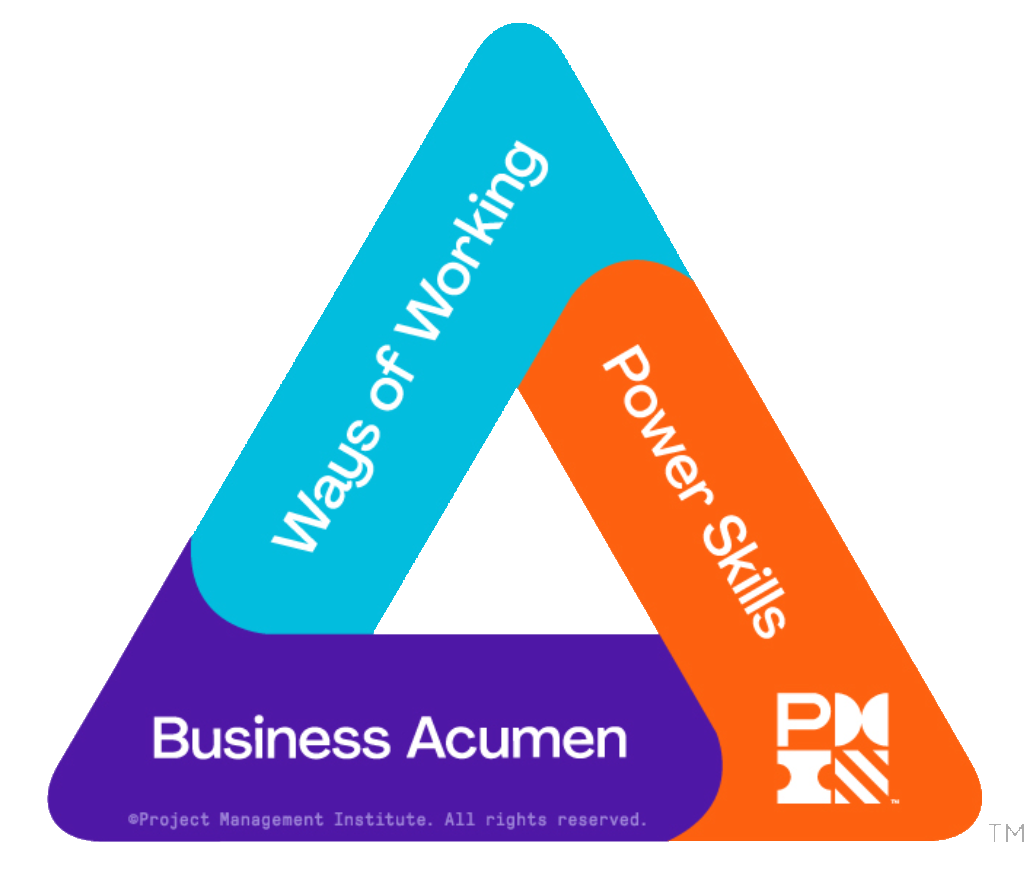Effectively Starting a Project Team
Great managers build great teams. Great teams are the key to successful projects. This interactive program looks at the elements needed to build a great team and what is needed to get a project off the ground while setting up for success.
Everyone is different, leveraging those differences can create a huge competitive advantage when putting together a team. Using the DiSC® personality profile, participants will gain a greater understanding of people’s goals and fears. Participants will learn how to adjust their management style to adapt their management style to the employee's style and needs of the situation. This course is designed to help managers recognize the employee's needs and remove barriers to performance.
LEARNING OBJECTIVES
Upon completion of this course, participants will be able to:
- Identify key roles in a project and how best to fill those roles
- Read the DiSC ® style and developmental needs of different employees
- Understand the goals and fears of their employees
- Adapt their management approach to match theability level and motivation of their employees
- Define the 4 stages of team development
- Create strategies to help the team move forward in their development
- Learn how to adapt your managerial skills
- Understand how goals and fears affect commitment
- Create an action plan to better develop/enhance your team’s performance
WHO SHOULD ATTEND
This course is intended for all members of a team, including team leader.
PREREQUISITE
Complete DiSC® on-line.
MATERIALS
You will receive a course workbook containing copies of presentation slides, exercises, and suggested solutions.
WHAT YOU WILL LEARN
|
MODULE 1
MODULE 2
MODULE 3
MODULE 4
MODULE 5
Remember That
|

 The following table provides the breakdown of the professional development units (PDUs) for this course aligned with the PMI Talent TriangleTM.
The following table provides the breakdown of the professional development units (PDUs) for this course aligned with the PMI Talent TriangleTM.